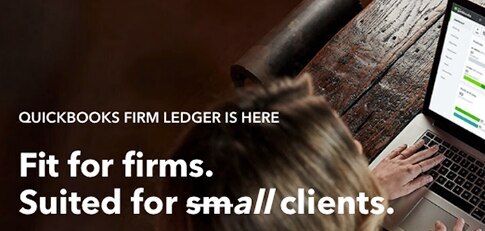January 15: The due date for companies, trusts, and businesses whose taxable annual income exceeds $10 million
If your company or business entity had an annual taxable income of over $10 million last financial year, then you’re advised to lodge your company’s tax returns by January 15.
Your business’s taxable income refers to assessable income (revenue that your company brought in) minus allowable deductions. You’re taxed on the figure that’s left over. So, you’re only subject to this deadline if you earned over $10 million after deductions. If you run a small business earning less than $10 million, you’ll follow the regular financial year and lodge your company’s tax returns by October 31 income tax deadline (see below).
If your company meets this threshold, you can lodge your returns at an earlier date if you so desire. Many large companies struggle to put everything together in time, so if you’ve missed the deadline before or fear it might happen in the future, you can consider trying lodging your returns for October 31 of the previous year. If you don’t quite manage to get everything sorted out in time to file early, your company will still be in a better position to meet the January deadline.
The ATO allows a fair amount of customisation for companies of all shapes and sizes. For example, your financial year doesn’t have to actually be a year. In the ATO’s eyes, as long as you pay the correct amount of tax by the deadline, you’re fine (and won’t face any fines). However, you or your tax agent should speak directly with the ATO office before changing your financial year.
















